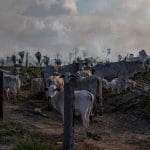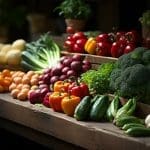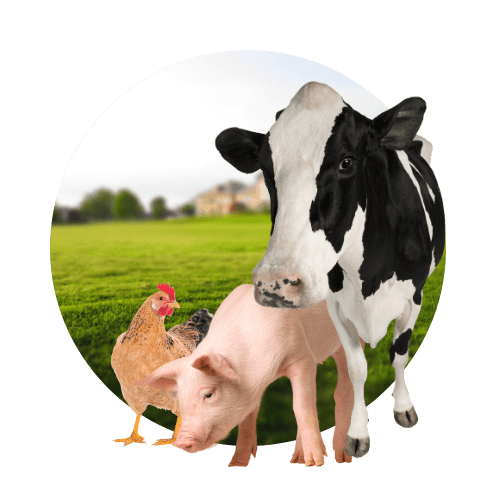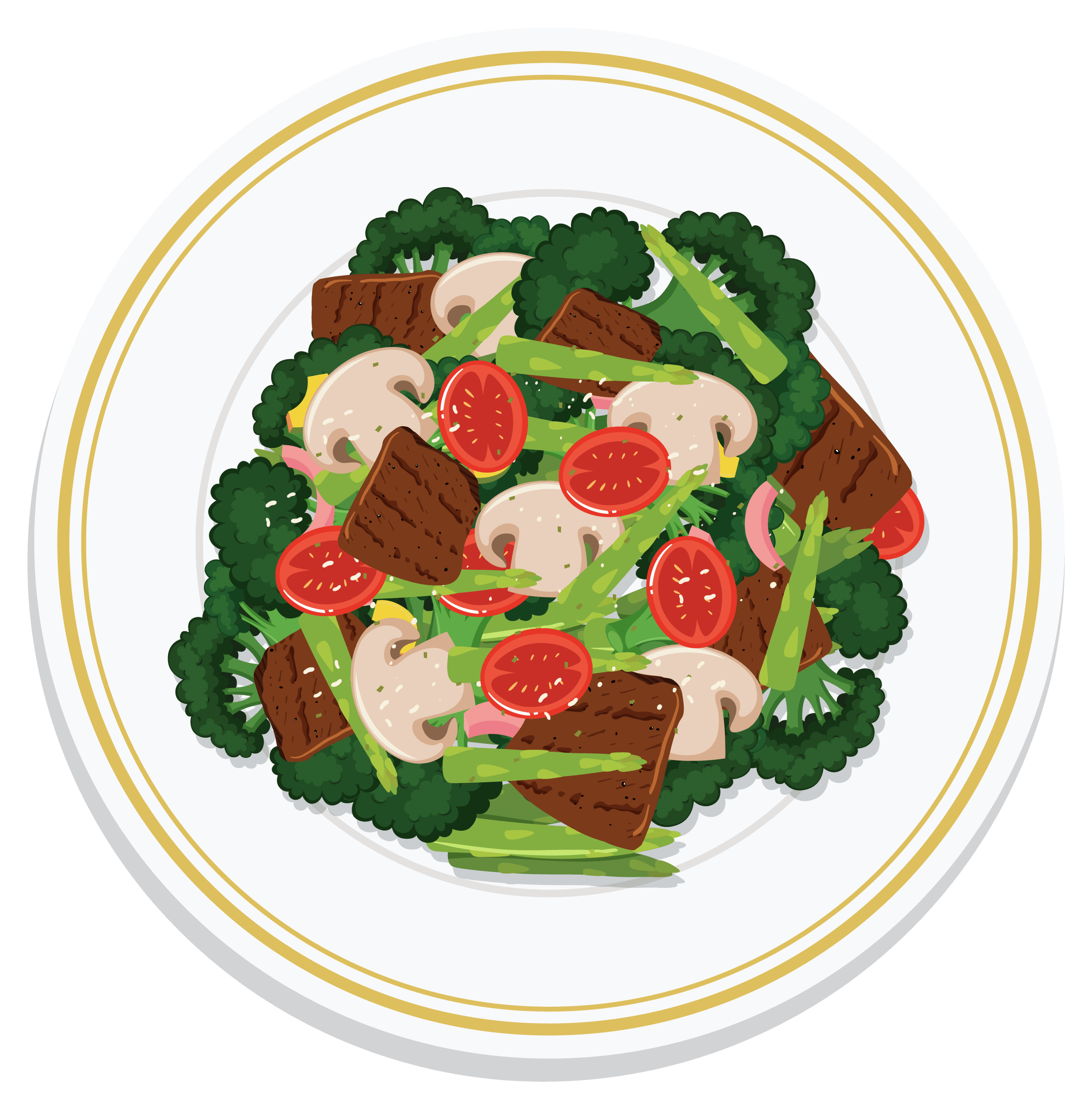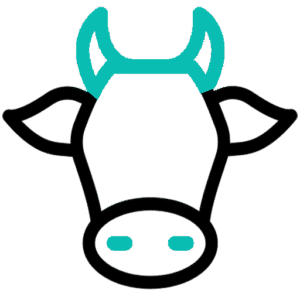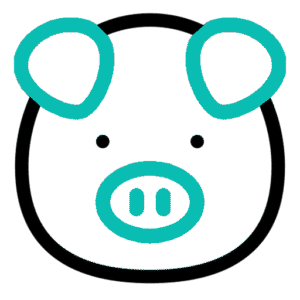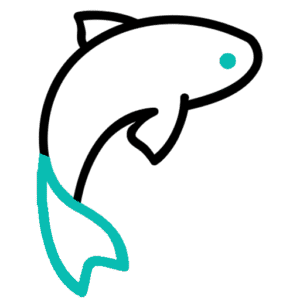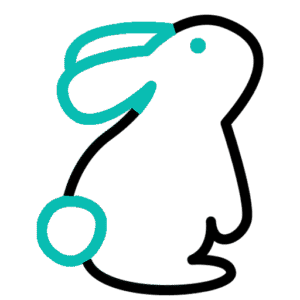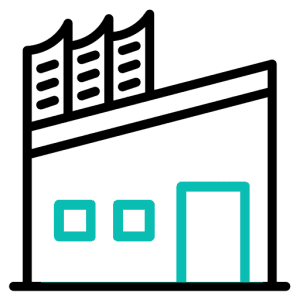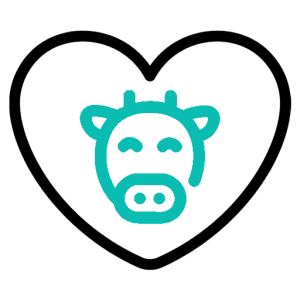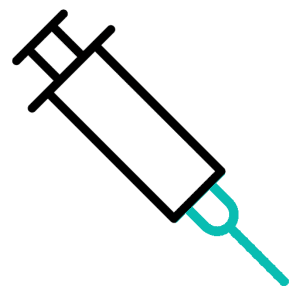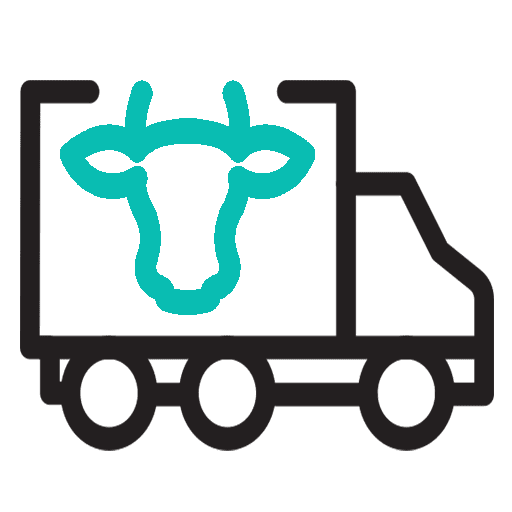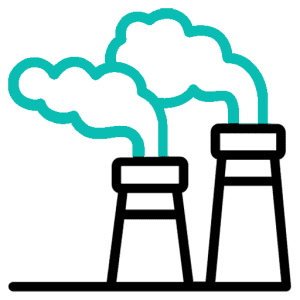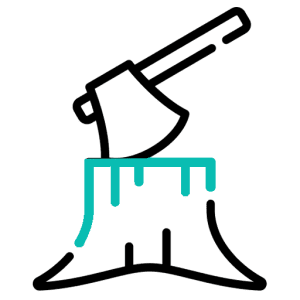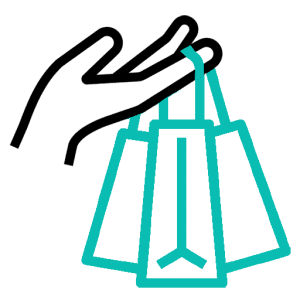**Introduction:**
The internet loves a paradox—a moment that makes you pause, question, and wonder how two deeply contradictory ideas can coexist in the same space. Recently, viral videos featuring farmers have taken social media by storm, showcasing scenes of tight-knit connections with adorable piglets, gentle cows, and sprawling fields of green. But beneath the surface of these charming clips lies an unsettling reality that begs closer inspection. In a YouTube video titled *”I Watched Viral Farmer Videos…and Now I Regret It”*, the creator embarks on a raw, eye-opening critique of the content many viewers find heartwarming—and reveals a far darker truth about the practices behind the picturesque facade. Today, we’ll delve into these thought-provoking discussions about animal welfare, moral contradictions, and what “compassion” really means in contexts where exploitation remains the norm. This blog post unpacks the layered complexities brought to light in the video and invites you to think critically about how we perceive farming culture in the digital age. Buckle up—it’s time to peel back the layers.
The illusion of compassion in factory farming

The unsettling reality of factory farming reveals a contradiction that’s hard to ignore. Farmers often present a facade of **compassion**—cradling a piglet for the camera, stroking an animal with what appears to be affection—while their actions directly contribute to a system steeped in suffering. This cognitive dissonance is reinforced by the normalization of practices like farrowing crates, where mother pigs endure weeks of confinement, gnawing at metal bars as their spirits break under the strain. Meanwhile, their offspring are destined for a grim fate, with narratives of care masking the eventual horrors of gas chambers and industrial slaughterhouses. Underneath this thin veneer of kindness lies the painful truth: these moments of supposed empathy exist within a framework designed for exploitation.
- **Farrowing Crates:** Mothers confined in torturous cages for up to 5 weeks.
- **Piglet “Care”:** Handled gently on camera, but raised for slaughter.
- **Cycle of Suffering:** Animals confined, exploited, and killed.
| Action | True Compassion | Factory Perspective |
|---|---|---|
| Handling Piglets | Relocate to sanctuary | Raise for slaughter |
| Mothers’ Welfare | End confinement | Farrowing in cages |
The narrative of care is nothing more than an **illusion**—a tightly woven story told to justify practices that can never truly align with genuine empathy. If compassion were real, it would lead to sanctuaries, not slaughterhouses, and advocacy for liberation rather than confinement. The stark contrast between the symbolic “care” shown for the camera and the unrelenting cruelty of the system it masks leaves an unsettling question: Who is this act of compassion really for?
Unmasking the disconnect: How empathy gets twisted
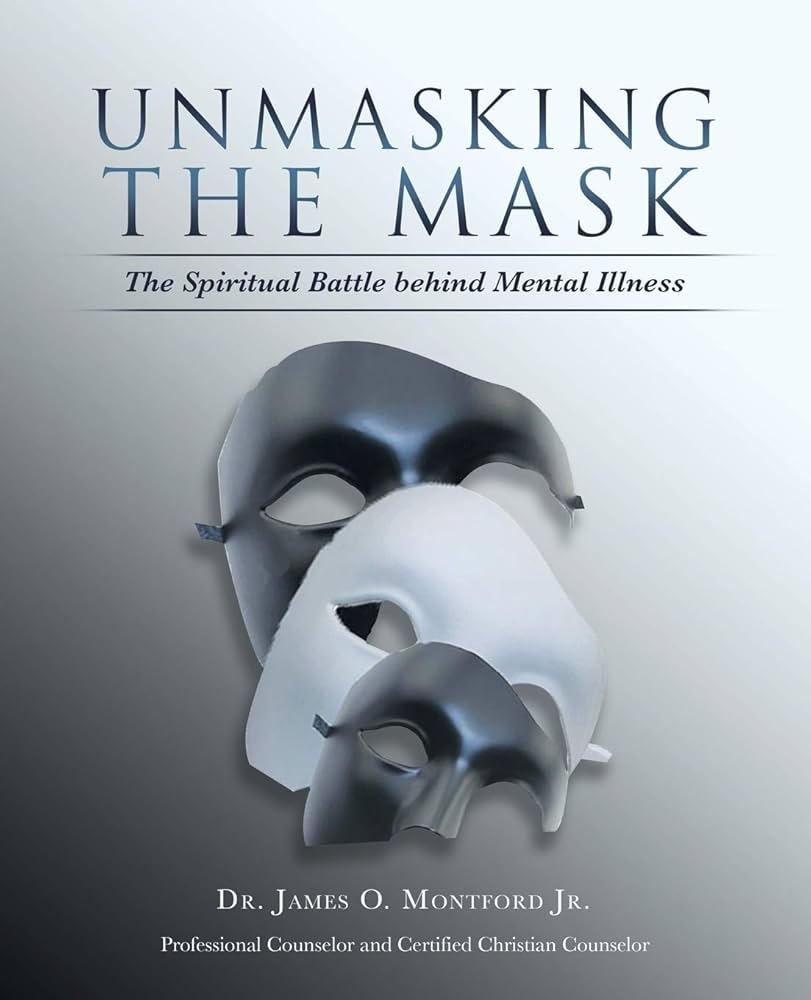
The irony in these videos is striking. There’s a warped empathy at play—a selective sort of compassion that contradicts itself at every turn. **How can someone cradle a piglet in their arms while the mother languishes, biting the bars of a farrowing crate mere feet away?** This disconnect isn’t just a momentary lapse; it’s a systemic distortion of empathy. The farmers showcasing a fleeting “tender moment” for social media engagement are missing the bigger picture: the very animals they claim to care for are entrenched in a cycle of relentless suffering.
- Factory farms are designed to prioritize profit over life, leading to practices that strip animals of dignity.
- “Compassion” showcased online often coexists with appalling cruelty hidden behind closed doors.
- A real act of care would mean liberating these animals, not perpetuating their oppression.
Consider this: a piglet cradled in front of the camera may seem innocent enough, until you follow its grim trajectory. Behind the appearance of care lies an industry where the same piglet could be subjected to merciless practices like CO2 gassing, blunt trauma killings, or overcrowded living conditions. Is this empathy, or a performance for likes and engagement?
| Actions Shown | Reality Behind the Scene |
|---|---|
| Farmer cradling a piglet | Mother confined in farrowing crate |
| “Compassion” on social media | Animals raised for slaughter |
| Hashtags promoting care | Deaths in slaughterhouses |
The veneer of tenderness cannot mask the brutality of the system. True empathy isn’t selective or self-serving—it’s about dismantling the very mechanisms that perpetuate suffering.
The dark realities behind viral farming videos

The glossy sheen of viral farming videos often masks distressing truths about the industry. Behind the serene moments of farmers cuddling piglets or carelessly throwing phrases like “baby steaks” over images of cows, lies a world built on **systematic cruelty**. Consider the farrowing crates, those narrow confines where mother pigs are forced to live for weeks on end as they nurse their piglets. These cages rob them of natural movement—leaving them biting at bars in desperation, collapsing into mental anguish, and ultimately succumbing to hopelessness through endless cycles of exploitation. What looks like care on camera often functions as little more than a disturbing juxtaposition to the grim reality of factory farming.
When it comes to these farms, we’re not just talking about poor conditions—it’s a rigged system. Piglets cuddled for social media clout are the same ones destined for slaughter. Behind those heart-warming moments lie these grim realities:
- **CO2 gas chambers** that cause immense suffering.
- Newborn piglets deemed “unprofitable” and destroyed by brutal methods.
- Mother pigs relegated to prison-like cells where they can barely turn.
Every video of a cute animal moment often distracts from this deeply entrenched cruelty, where compassion is nothing but a performance. Farming practices that claim to “care” for animals exist to maintain a facade, masking the exploitation that keeps the
What true animal advocacy should look like
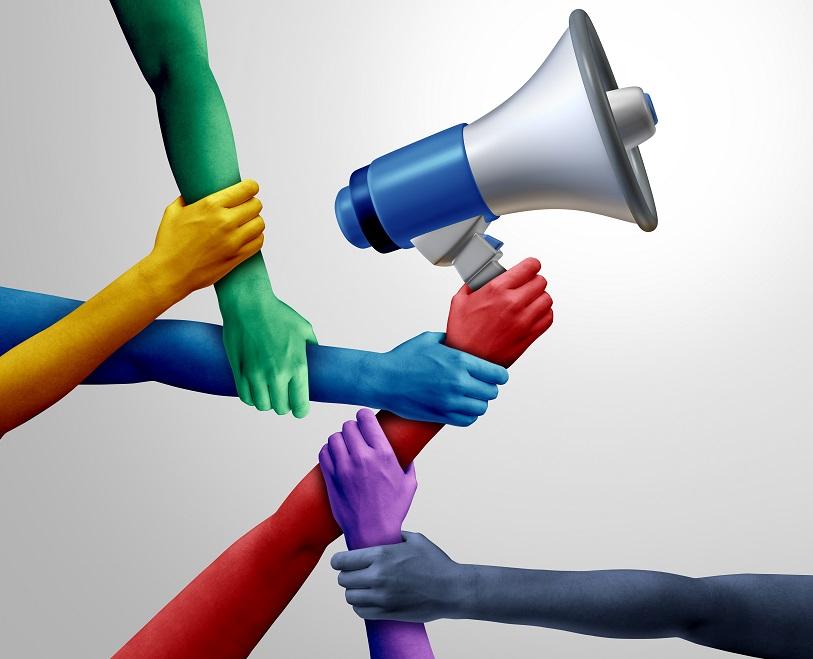
True animal advocacy requires more than performative gestures or superficial displays of care. It demands **action that aligns with ethical principles** and a commitment to dismantling systems of exploitation. Pretending to care while perpetuating harm is a contradiction that only deepens the suffering of animals. Imagine holding a piglet in your arms while just a few feet away its mother is confined in a farrowing crate—helpless, biting the bars in anguish, or losing all hope. Compassion is meaningless if it comes at the cost of perpetuating cruelty.
**What does true advocacy look like?** It’s about transforming empty gestures into impactful change. Here are the key elements of genuine compassion for animals:
- Abolishing factory farms and their torturous practices.
- Creating sanctuaries where animals can live in peace.
- Advocating for plant-based lifestyles and encouraging others to go vegan.
- Ensuring transparency about the realities of animal agriculture.
| Performative “Compassion” | True Animal Advocacy |
|---|---|
| Kissing a piglet on camera. | Rescuing animals and relocating them to a sanctuary. |
| Sharing videos with sentimental music. | Exposing systemic abuse and working to end it. |
| Claiming to care while exploiting animals. | Living and promoting a vegan lifestyle. |
The key to true advocacy lies in **ending practices that commodify and harm animals**, rather than masking the cruelty with fleeting moments of tenderness. Anything less is just another layer of oppression painted with the illusion of kindness.
From exploitation to liberation: Rethinking animal care

The current state of animal agriculture leaves little room for **true compassion**. Farrowing crates, for instance, confine mother pigs to such a degree that they’re unable to turn around, enduring weeks of psychological torment as they nurse their young. While farmers may showcase moments of affection, such as holding a piglet on camera, it’s impossible to reconcile this behavior with the horrors of the industry they support. **Compassion becomes hollow** when it ends where convenience begins.
- **Mother pigs:** Forced into repeated cycles of pregnancy, often seen biting at metal bars in despair.
- **Piglets:** Destined for gas chambers or other horrific ends, stripped of any real chance at life.
- **Cows and calves:** Exploited until their final moments, often trivialized through euphemisms like “baby steak.”
A system driven by profit and exploitation cannot align itself with the principles of empathy or liberation. *If compassion were genuine*, it would mean dismantling these systems entirely, replacing them with sanctuaries where animals can live freely. Until then, fleeting acts of care are nothing more than a fragile illusion.
| Action | Impact |
|---|---|
| Start a sanctuary | Provides animals a life of freedom and dignity |
| Advocate for veganism | Reduces demand for animal exploitation |
| Promote awareness | Encourages systemic change |
Wrapping Up
As we wrap up this discussion sparked by the viral YouTube video, *”I watched viral farmer videos…and now I regret it”*, it’s clear that the topic touched upon is layered and emotionally charged. From the visceral critique of factory farming practices to the disconnect between displays of compassion and the underlying realities of animal exploitation, the points raised encourage us to question the systems we take for granted and the narratives we’re fed about the treatment of animals.
Whether you agree fully with the perspectives laid out or find yourself reflecting on them from a different angle, one thing remains certain: introspection is key. These conversations push us to critically evaluate our food choices, our moral beliefs, and how they align with the realities of modern farming. They challenge us to ask ourselves what compassion and justice truly mean—not just for humans, but for all beings.
Perhaps the discomfort unearthed by these viral videos—and by watching the video itself—is an opportunity. An opportunity to consider how our choices contribute to the stories we tell. Do we perpetuate systems of harm, or do we advocate for something better? Do we condone practices behind closed doors, or shine light on them in search of empathy and change?
At the end of the day, awareness leads to questions, and questions lead to action. Let this be a stepping stone toward deeper exploration, whether that means seeking out alternative viewpoints, making lifestyle changes, or simply staying engaged with the conversation. Change often starts small but is driven by informed, compassionate choices.
Thank you for reading, and for embracing curiosity—even when it leads to discomfort. Let’s keep questioning, keep learning, and, most importantly, keep striving toward a world that values life in all its forms.

